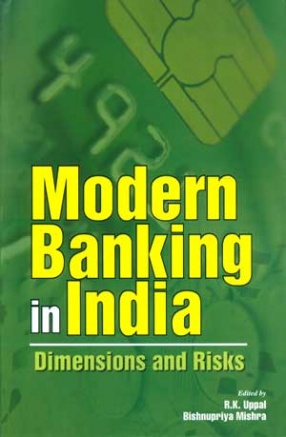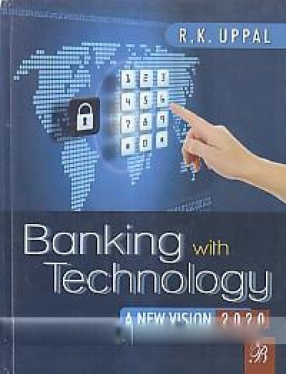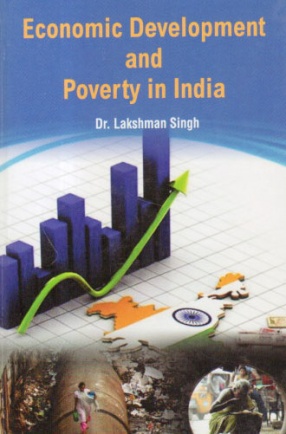The key objective of reforms in the banking sector in India since early 1990s has been to enhance the stability and efficiency of banks. The enactment of the Securitisation, Reconstruction of Financial Assets and Enforcement of Security Interest (SARFAESI) Act, 2002 was an important landmark in the ongoing reforms in the financial sector. The Act enables the setting up of asset management companies, addressing the problem of non-performing assets (NPAs) of banks and financial institutions and enhancing creditor rights.
In the Indian context, the financial sector, especially the banking sector, has been a major beneficiary from the inroads made by Information Technology (IT). However, technical characteristics of internet technology have raised new concerns for both bankers and supervisors. Bankers have identified security risk as a primary concern relating to E-banking. External threats such as "hacking", "sniffing", "spoofing" and "denial of service" attacks expose banks to new security risks.
The present volume contains 16 well-researched papers dealing with different aspects of current banking practices in India. The papers, authored by experts in the field, explain and evaluate Indian banking system in the liberalized regime and offer policy recommendations for improving efficiency of banks to achieve standards comparable to best international practices. This work, it is hoped, would prove immensely useful to academicians as well as practitioners in the field.










There are no reviews yet.